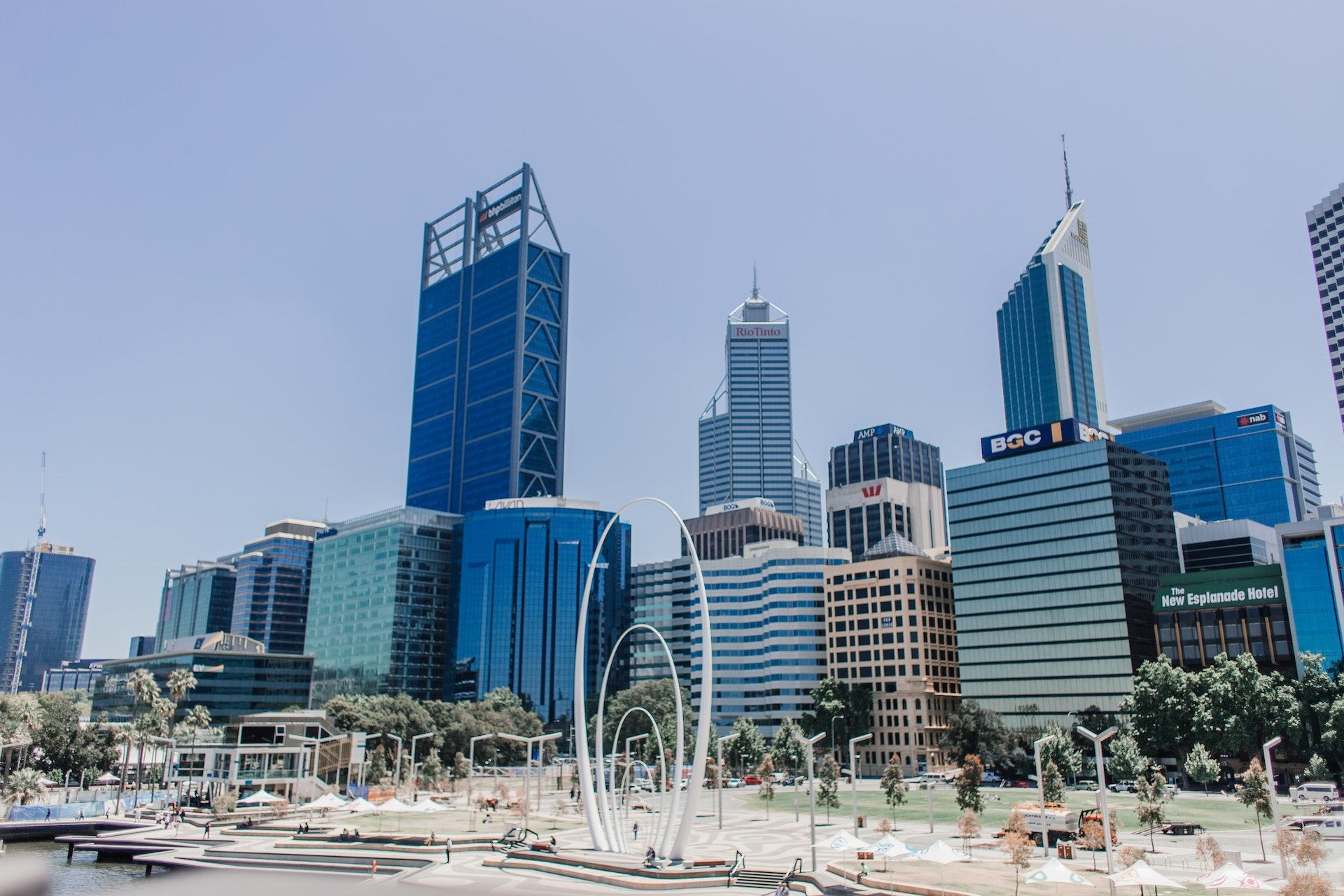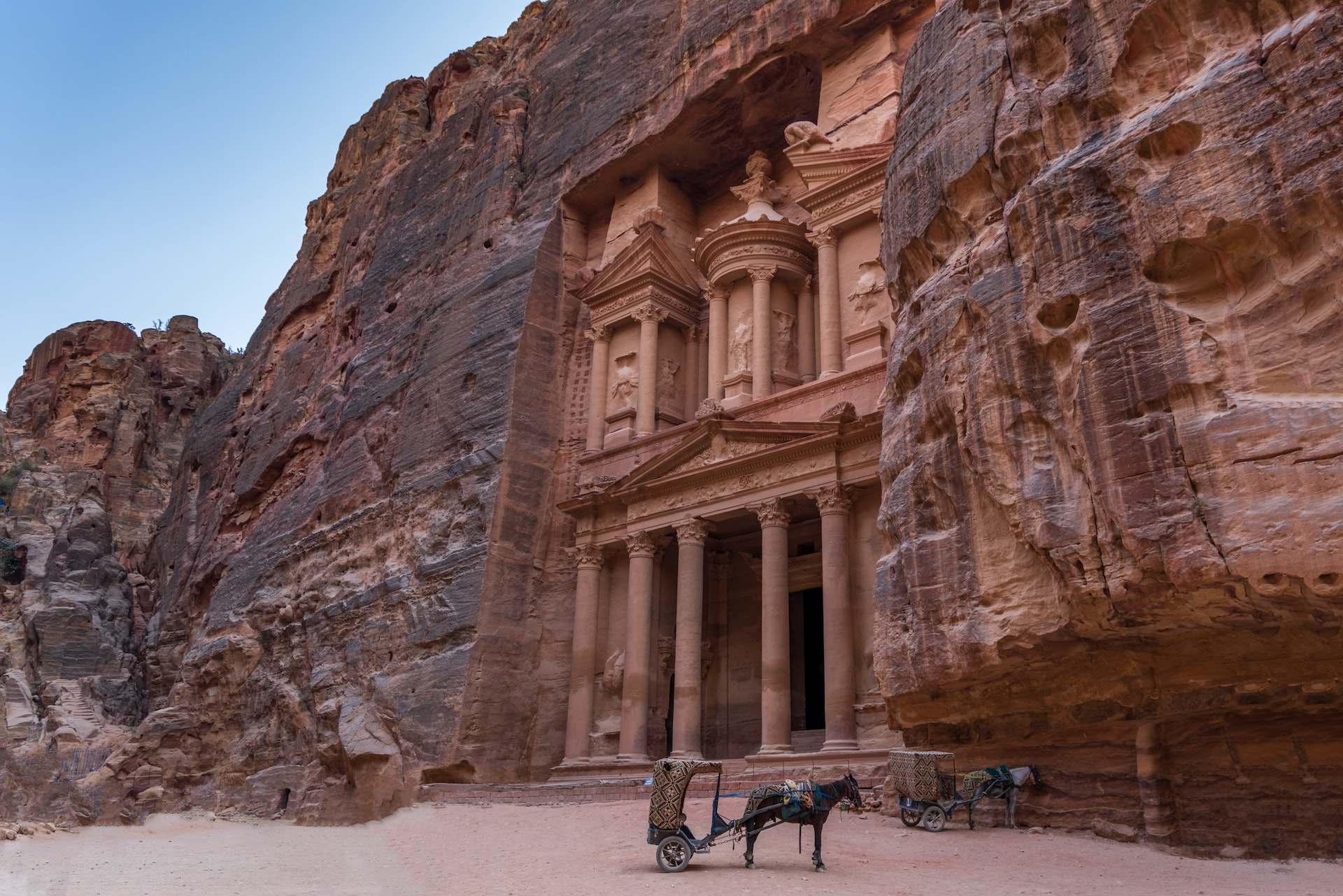Perugia weather is a topic of interest for many visitors to the charming hilltop city in central Italy. Known for its stunning views, rich history, and delicious food, Perugia attracts visitors from all over the world. However, the weather can greatly impact one’s experience, so it’s important to know what to expect before planning your trip.
Perugia is located in the Umbria region of Italy, which has a Mediterranean climate. This means that summers are typically warm and dry, while winters are mild and wet. The city is located on a hill, so temperatures can vary depending on the altitude. In general, the higher you go, the cooler it will be.
The city of Perugia experiences a moderate temperature throughout the year. In the summer months of June, July, and August, temperatures can reach up to 30°C (86°F) during the day, and can drop to around 15°C (59°F) at night. In the winter months of December, January, and February, the temperature during the day ranges from 5°C (41°F) to 10°C (50°F), and can drop to around 0°C (32°F) at night. Rainfall is most common in the fall and spring months, and the city may see some snowfall in the winter.
| Month | Low (°C) | High (°C) | Low (°F) | High (°F) | Rain (%) | |
|---|---|---|---|---|---|---|
| January | 0 | 10 | 32 | 50 | 70 | |
| February | 0 | 11 | 32 | 52 | 65 | |
| March | 4 | 14 | 39 | 57 | 60 | |
| April | 8 | 18 | 46 | 64 | 55 | |
| May | 12 | 22 | 54 | 72 | 50 | |
| June | 15 | 25 | 59 | 77 | 45 | |
| July | 17 | 28 | 63 | 82 | 40 | |
| August | 17 | 28 | 63 | 82 | 35 | |
| September | 14 | 24 | 57 | 75 | 30 | |
| October | 10 | 20 | 50 | 68 | 25 | |
| November | 6 | 14 | 43 | 57 | 20 | |
| December | 2 | 10 | 36 | 50 | 15 |
When it comes to the best time to visit Perugia, it ultimately depends on your personal preferences. If you enjoy warm weather and don’t mind crowds, then the summer months of June, July, and August may be the best time for you. The city is bustling with tourists during these months, and there are many festivals and events taking place.
On the other hand, if you prefer milder weather and smaller crowds, the spring or fall months of April, May, September, and October may be more suited to your tastes. The temperature is still pleasant during these months, and the city is less crowded, allowing for a more relaxed and peaceful experience.
For those who enjoy cooler weather and fewer tourists, the winter months of December, January, and February may be the best time to visit. The city takes on a different charm during the winter, with fewer tourists and a more intimate atmosphere. There are also fewer outdoor activities available during this time, but the city’s museums and historical sites can be enjoyed without the crowds.
It’s also worth noting that the rainiest months in Perugia are November, December, and January, which might not be suitable for some visitors. However, if you’re prepared for the rain and bring proper gear, you can still enjoy all that the city has to offer.
It’s important to consider the weather when planning your trip to Perugia, but it’s not the only factor to consider. The city’s rich history, culture, and delicious food are available year-round and should also be taken into account when planning your trip. It’s also worth noting that the weather can be unpredictable, so it’s always a good idea to be prepared for a range of temperatures and weather conditions.
In conclusion, Perugia weather is moderate throughout the year, with warm summers and mild winters. The best time to visit largely depends on personal preferences, whether you prefer warm weather, mild weather, or fewer crowds. It’s also worth considering the rain, which is more common during the fall and winter months. Whatever time of year you choose to visit, Perugia is sure to delight with its rich history, culture, and delicious food.



